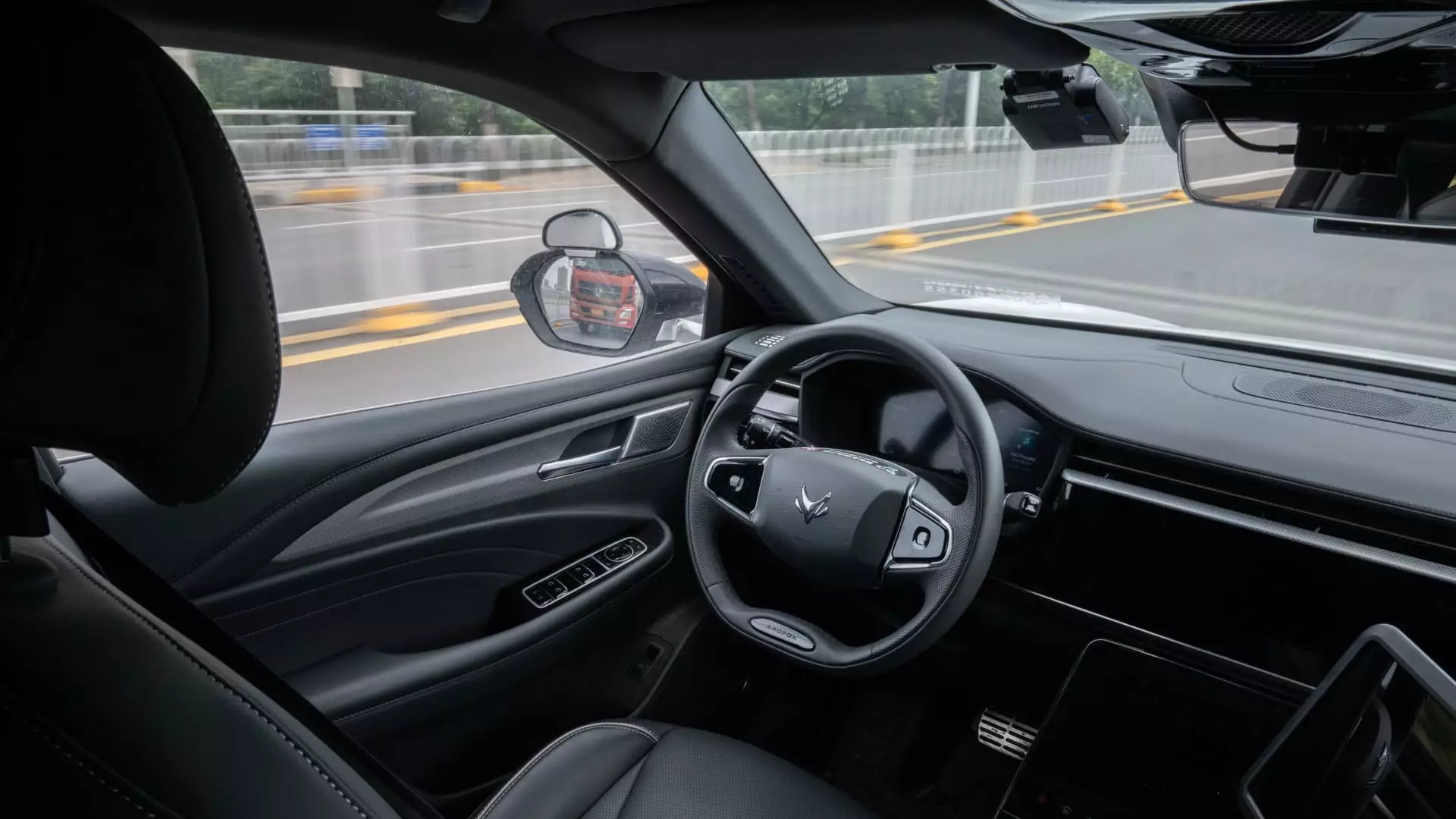Over the past few years, China has been focused on developing robotaxis, and this initiative is finally starting to resonate with consumers. However, as local Chinese governments begin to allow domestic players to operate robotaxi services for the public, taxi drivers are becoming increasingly anxious about the threat of losing their jobs due to heightened competition. Much like the deployment of driverless taxis by GM’s Cruise and Alphabet’s Waymo in San Francisco and Phoenix, Chinese cities such as Beijing and Guangzhou are now witnessing the rise of robotaxi technology on their streets.
The trend of robotaxis in China has sparked significant interest on social media platforms. Videos showcasing fully autonomous driving taxi experiences have been trending on platforms like Douyin and Weibo. Baidu’s robotaxi unit, Apollo Go, has garnered attention with reports of rapid user adoption in cities like Wuhan, where the company operates fully driverless vehicles. Wuhan serves as a significant operational hub for Apollo Go, with plans to expand its fleet to meet the increasing demand for robotaxi services.
The growing prominence of robotaxis has raised concerns among traditional taxi companies and drivers. Social media discussions have highlighted worries about the impact of driverless ride-hailing cars on existing taxi services, with debates arising over potential job losses and livelihood challenges faced by taxi drivers. Reports of taxi companies seeking reduced taxes and restrictions on robotaxis have further fueled the debate surrounding the coexistence of traditional and autonomous transport services in China.
Amid the proliferation of ride-hailing services and the emergence of new players in the market, some Chinese cities have taken regulatory actions to manage the industry. Cities like Guyuan and Guiyang have implemented restrictions on online ride-hailing businesses, citing concerns about market saturation and non-compliance issues. These regulatory moves reflect a broader trend of government intervention to address the evolving landscape of transportation services in China.
Despite the rapid growth of the ride-hailing sector in China, challenges persist, such as wage stagnation and increased competition among drivers. With a significant rise in the number of registered ride-hailing drivers and companies, the market dynamics are evolving quickly. The shift towards autonomous driving technologies and the promotion of cloud-connected cars signal a new era of innovation and transformation in the transportation sector.
As China continues to embrace robotaxis and autonomous driving technologies, the future of transportation in the country is set to undergo profound changes. The expansion of robotaxi services in major cities and the implementation of pilot programs underscore the government’s commitment to fostering innovation in the sector. The coexistence of traditional taxis and driverless ride-hailing services poses both challenges and opportunities for stakeholders, requiring a delicate balance between regulation and market dynamics.
The rise of robotaxis in China is reshaping the transportation landscape and prompting a reassessment of the role of traditional taxi services in the era of autonomous driving. While concerns about competition and job displacement persist, the potential for innovation and efficiency gains in the transportation sector is significant. As China navigates the transition towards a more automated and interconnected transportation ecosystem, the implications for drivers, companies, and consumers will continue to unfold in the coming years.

